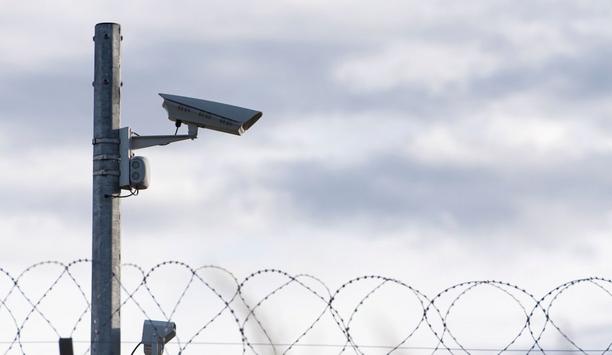 |
| Physical access control system architecture should be built to use the changing IT infrastructures of today’s organizations to their fullest |
Today’s physical access control system architecture only leverages existing network hardware technology – it doesn’t utilise the organisation’s full IT infrastructure, which includes systems providing advanced security services and sources of security-related real-time information. A close look at most organisation’s IT roadmaps will show that traditional-architecture access control systems are off on a side road.
Physical access control system architecture should be built to use the changing IT infrastructures of today’s organisations to their fullest. Such an approach is key to future-proofing and minimising costs. The architecture needs to be able to keep pace with technological advancements in computing, communications and integration at the system level and the device level, providing strong security capabilities in a cost-efficient manner.
Because hardware-centric, distributed intelligence can’t keep up with IT advances, an ever-widening gap exists between the capabilities, effectiveness and ease of management that a physical access control system can provide – and what today’s physical access control products can provide. Unless the concept of “putting intelligence at the door” includes all the intelligence that should be utilised to make an access decision, such an approach actually provides less security than today’s networked technologies are capable of providing.
A key issue is a system’s native support for technological advances versus requiring third-party devices and middleware in a piecemeal approach to system design. With traditional hardware-centric physical access control systems, advanced features and real-time authentication and authorisation capabilities could only be achieved by implementing costly third-party solutions or custom-designed applications. Cost and reliability factors have kept such capabilities out of reach for most physical access control customers, even though IT security systems have had such features for more than a decade.
Until a full transition is made to next-generation architecture, existing physical access control system deployments will continue to fall further and further behind as technology advances, and will continue to have shortcomings and weaknesses |
At the infrastructure level, next-generation physical access control system architecture must be IT-centric, taking advantage of an organisation’s existing IT infrastructure. It must be deployable throughout the enterprise like any other business application that uses networked end-point devices. At the application level, next-generation physical access control system architecture must be IT-aligned in support of the customer’s preferred approaches to identity, credential and access management (ICAM), and must be easily integrated with relevant business systems. These changes create significant opportunities for integrators and end users, offering software- and net-centricity, server-based real-time access decisions, advanced security protection, scalability, IT- and ICAM-friendly deployment, and mobile device- and smart card-friendly deployment.
There are two questions to consider about making the transition to next-generation physical access control architecture: First, will your organisation’s current system be satisfactory five to 10 years from now given the pace of technological advances? Second, from a cost- and security-effectiveness standpoint, is continued investment in legacy physical access control technology the smartest approach to your organization’s critical asset protection and incident response needs?
Until a full transition is made to next-generation architecture, existing physical access control system deployments will continue to fall further and further behind as technology advances, and will continue to have shortcomings and weaknesses – as well as needless costs – that constitute a liability to an organisation’s asset protection program.
Editor’s Note: This article is based on Mr. Raefield’s answers to several questions about the access control market posed by SourceSecurity.com.






















